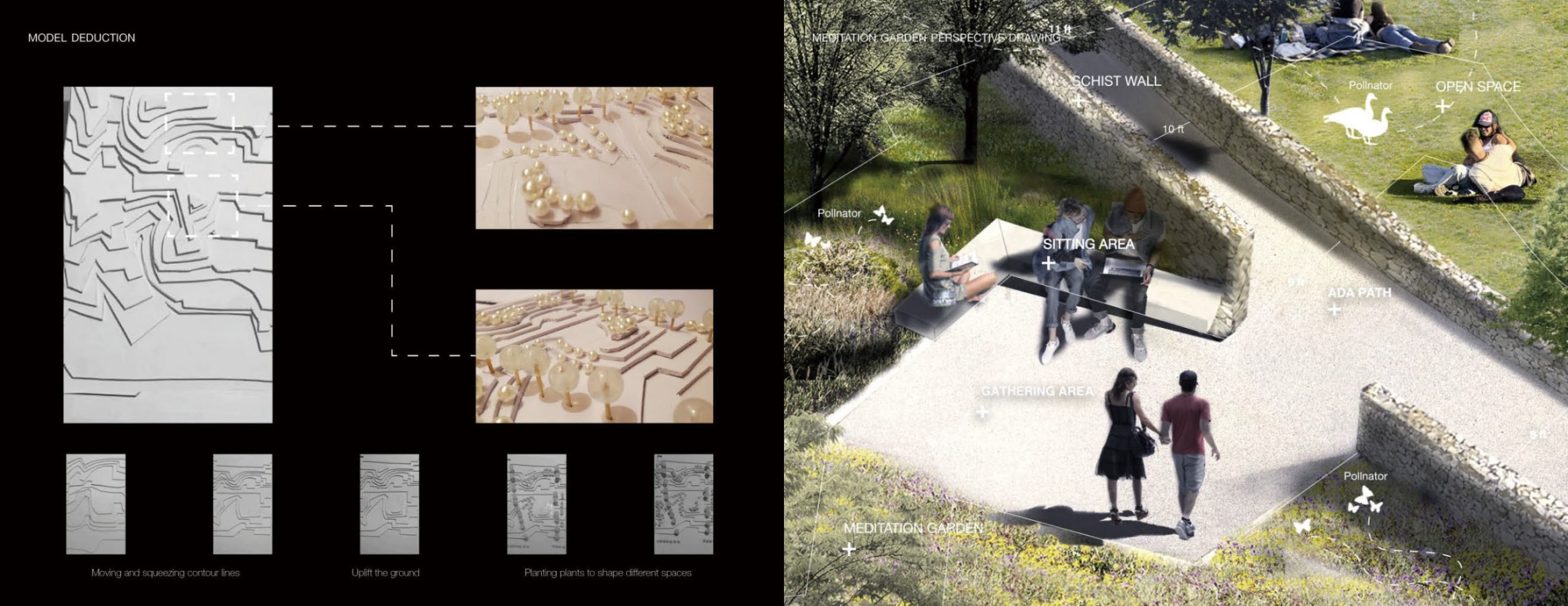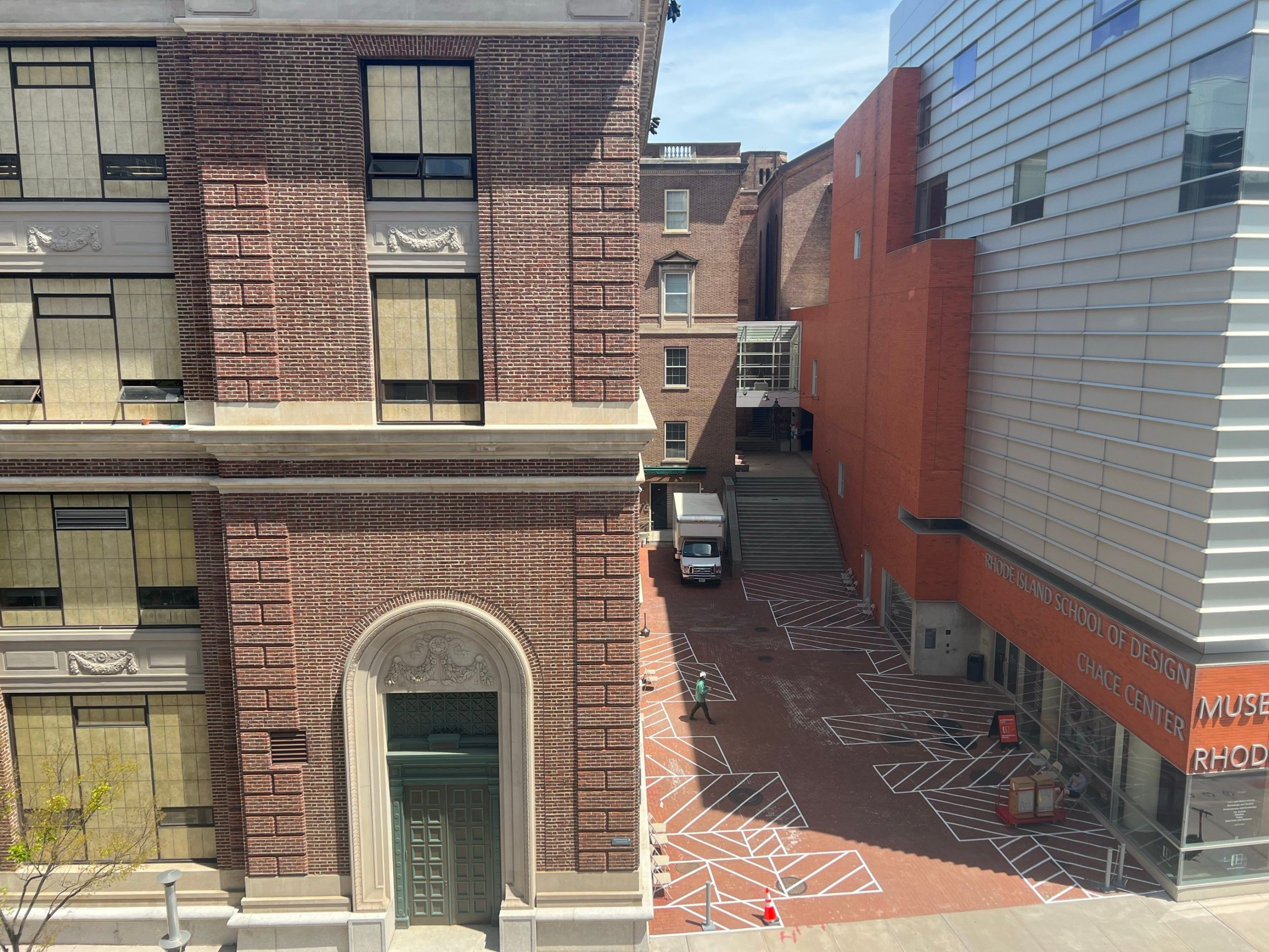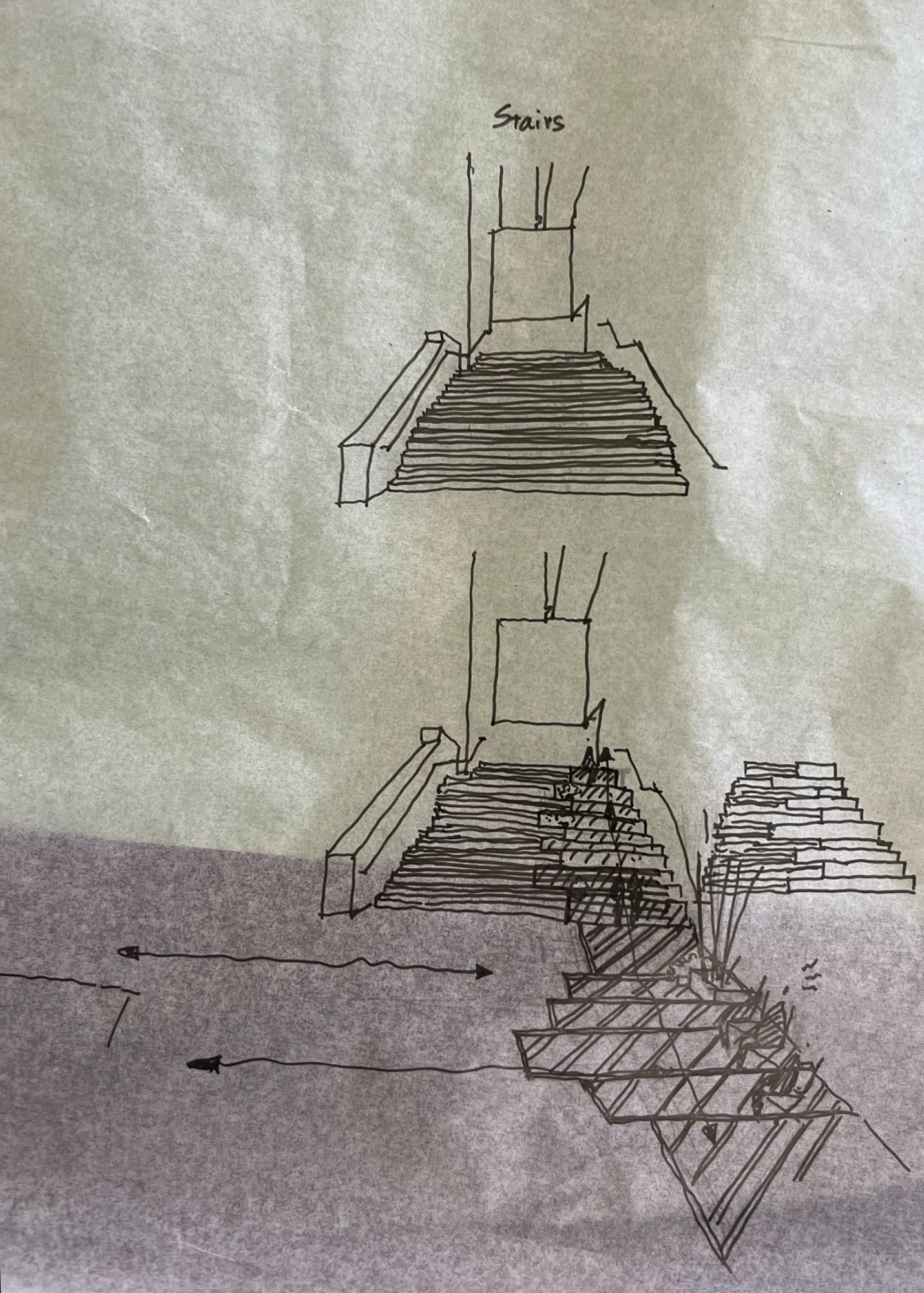

Today we’d like to introduce you to Yuanrui Wang.
Hi Yuanrui, so excited to have you on the platform. So before we get into questions about your work-life, maybe you can bring our readers up to speed on your story and how you got to where you are today?
I was born and raised in Urumqi, a city located in northwestern China and near the center of Asia. Urumqi has a rich and diverse culture due to its close to Russia, Kazakhstan, and Afghanistan. It’s the farthest city from the sea, resulting in a dry climate with a scarcity of water. The surrounding environment is dominated by greyish and yellowish stones and sand. Summers in Urumqi are scorching, with temperatures occasionally soaring to 104.0 °F. After a brief autumn, a six-month-long winter arrives. During the winter, temperatures can plummet to -25 °F. Most of the plants that thrive in this region are deciduous, with a few evergreens like pines. Many of these plants have waxy leaves that shimmer with a silvery sheen to conserve water, similar to some California plants. The pure green color is rare in the outdoor area, visible only during the summer. When I was a young boy, I enjoyed hanging out in green spaces with my friends and family. I love to sit or lie on the grass with them. The vibrant green color and nature always attract me. My love for nature inspired me to pursue a career as a landscape architect. I want other people to have more opportunities to touch nature.
We all face challenges, but looking back would you describe it as a relatively smooth road?
It’s not smooth. Landscape architecture is an interdisciplinary major; you need to learn architecture, biology, geography, and arts. The more I learned, the more I realized that I needed to learn. Besides, the knowledge that I learned in school is different when I am working. School teaches us a lot to consider about social, society, climate change, different cultures, and human beings, like how to solve the environmental change through landscape and urban design and how to design for more people rather than only the upper class. But in the real world, we have to think more about the client and budget. Landscape architecture, architecture, and interior architecture are in the service industry, which disappoints me.
Appreciate you sharing that. What else should we know about what you do?
I graduated from Rhode Island School of Design, I am focusing on the relationship between design, humans, and society. And I am interested in tactical urbanism, like pop-up parks and pop-up installations, and investigating how pop-ups (short-term and low-cost projects) can transform a site, lead to shifts in the way people perceive and use space, and ultimately lead to longer-term permanent changes. My thesis topic is Slowdown: investigating how pop-up installations transform multi-use spaces. This thesis focuses on the design of the specific elements (seating, ground treatment, concept) in the pop-up matter. I did some in-person experiments and analysis, made conclusions from people’s interactions, and designed a set of pop-up elements that encourage people to use them. Then, I installed full-scale pavement and folding chairs on site to investigate and make conclusions.
What has been the most important lesson you’ve learned along your journey?
The most important lesson that I learned is that I have to know what I am doing and why I am doing it. When I am working on a project, I must know WHY- why I design it this way, why I plan to plant this kind of plant, and why I use this concept. Only I know the reason, I will have enough motivation to achieve and complete my design and goals. Same as my life.
Contact Info:
- Instagram: https://www.instagram.com/rrui_wang/
- Other: https://digitalcommons.risd.edu/masterstheses/950/


















